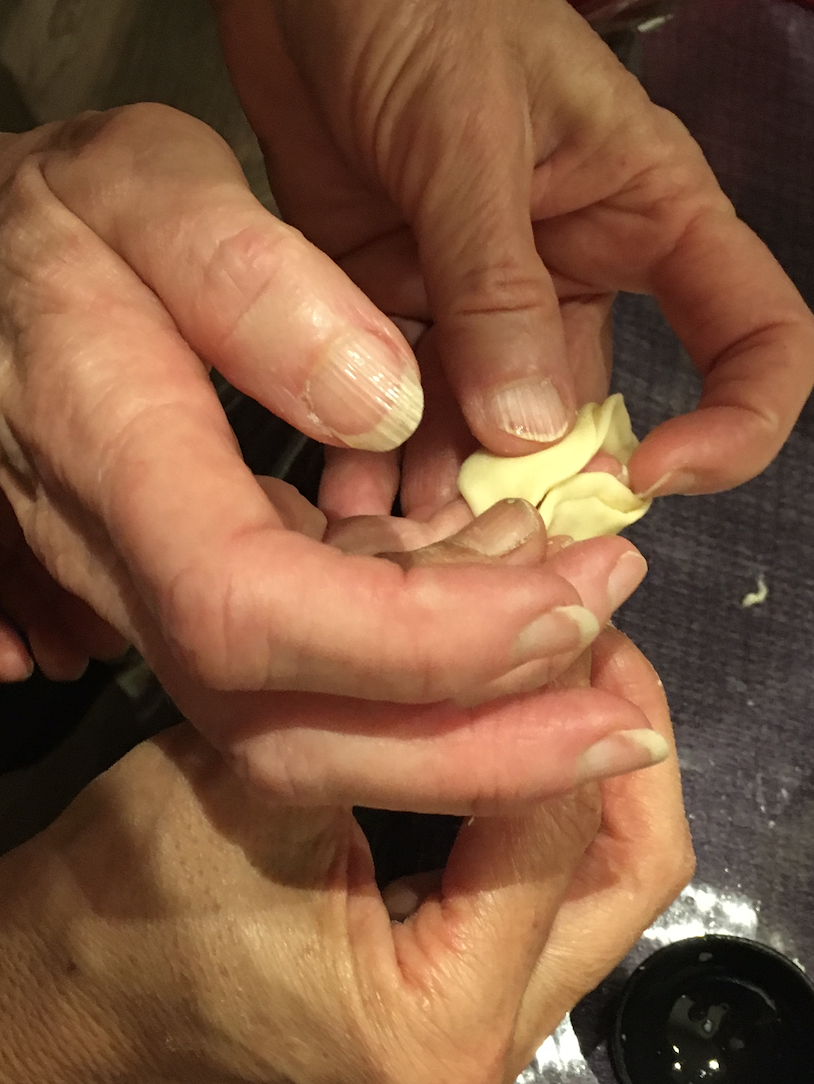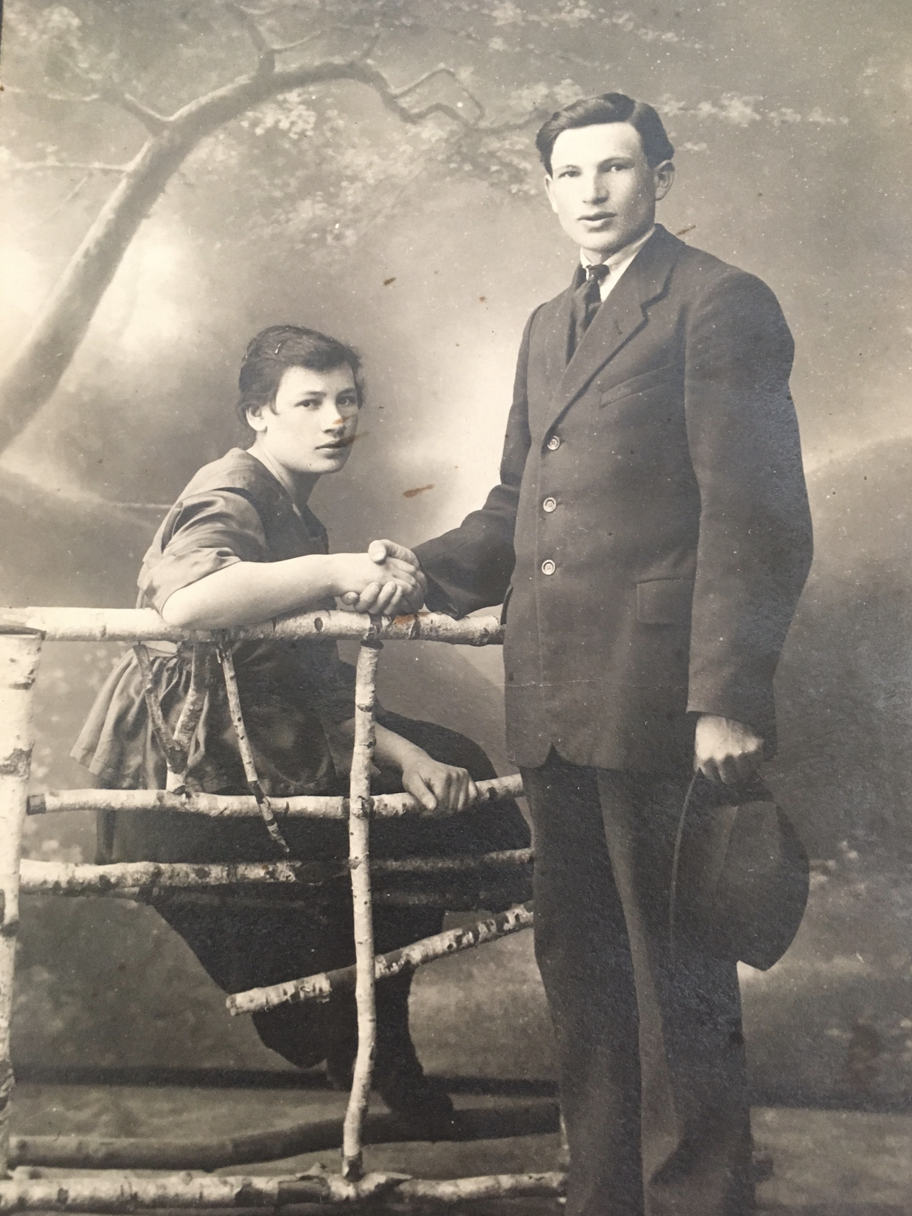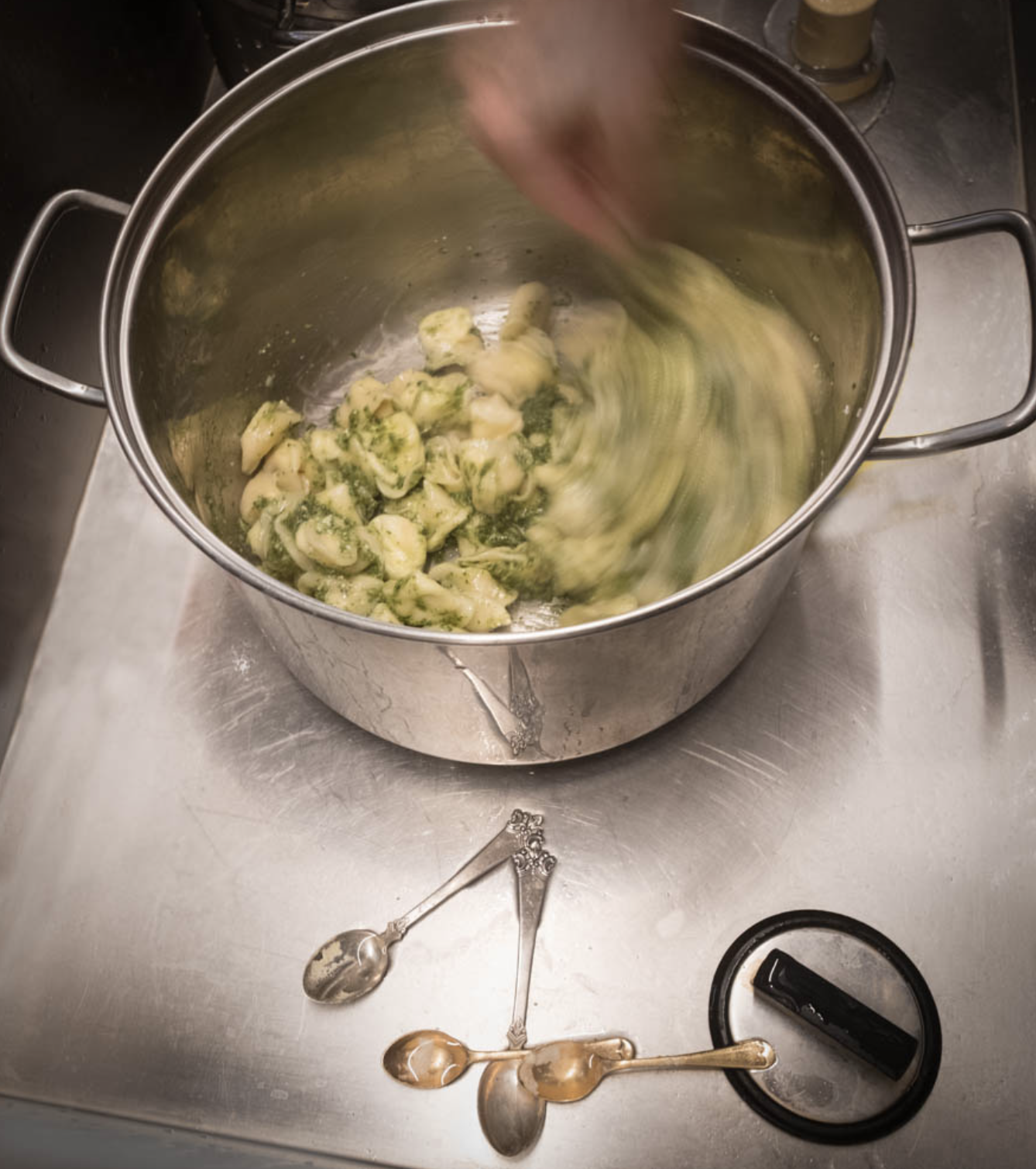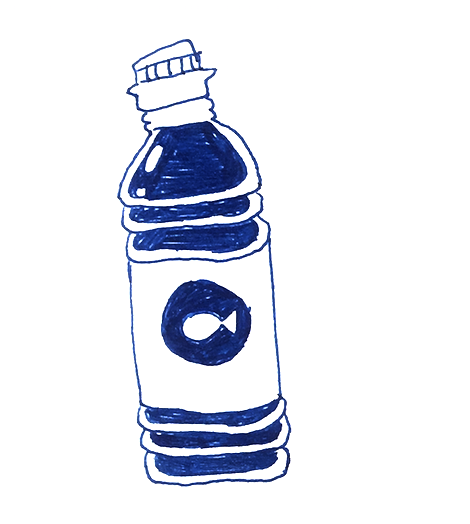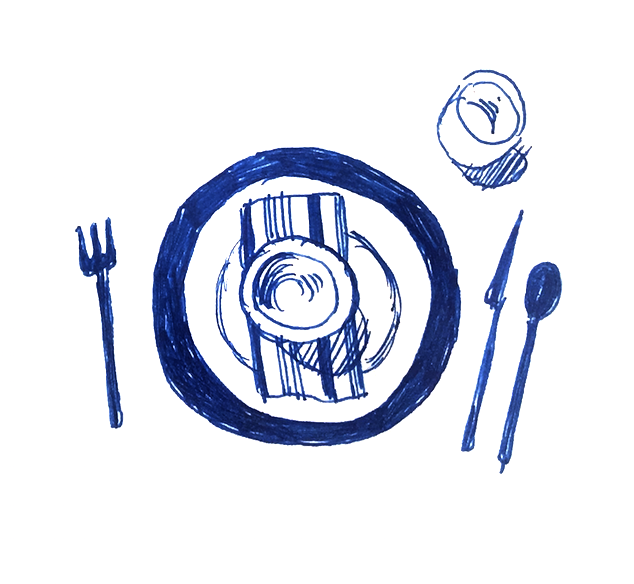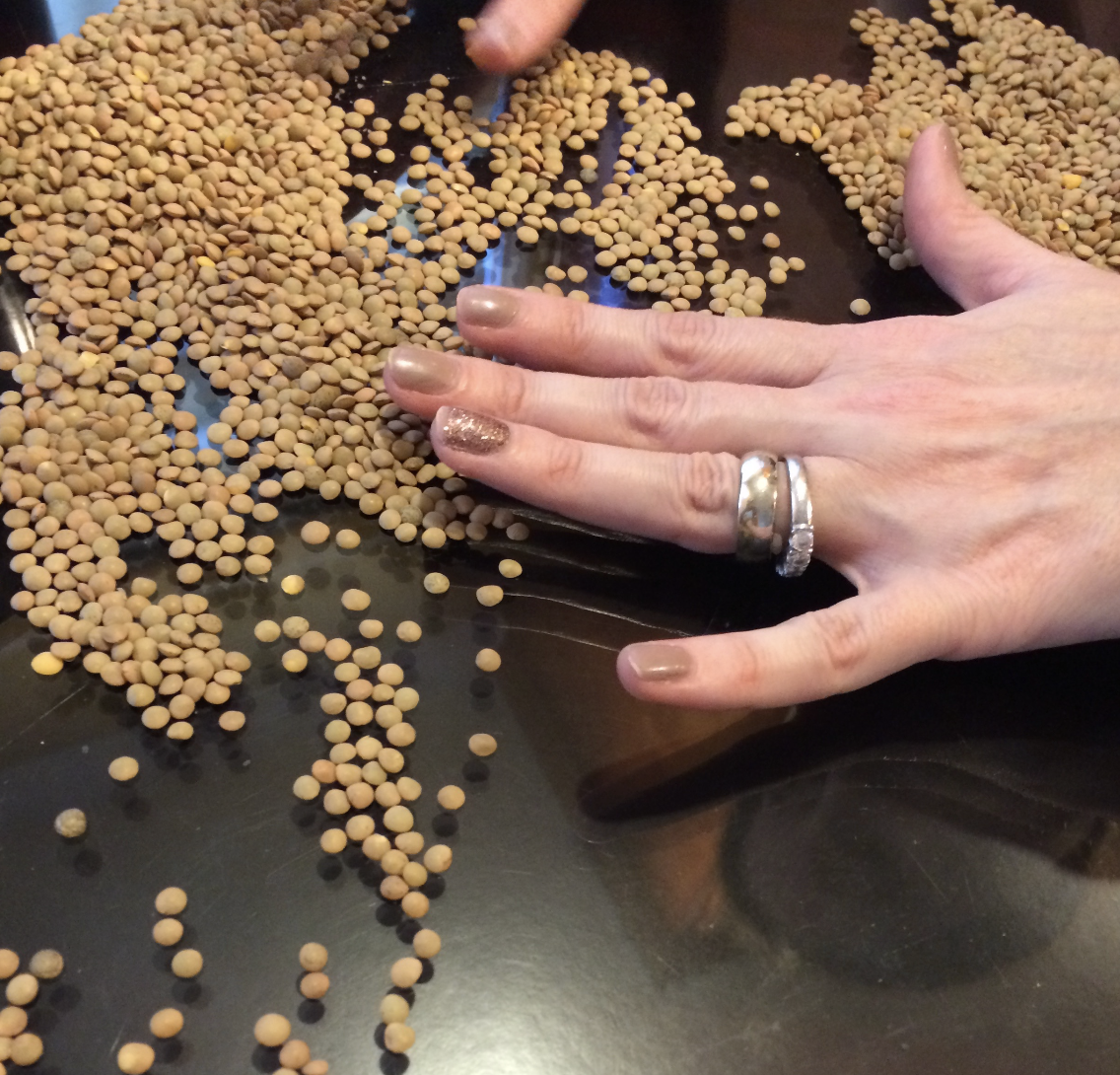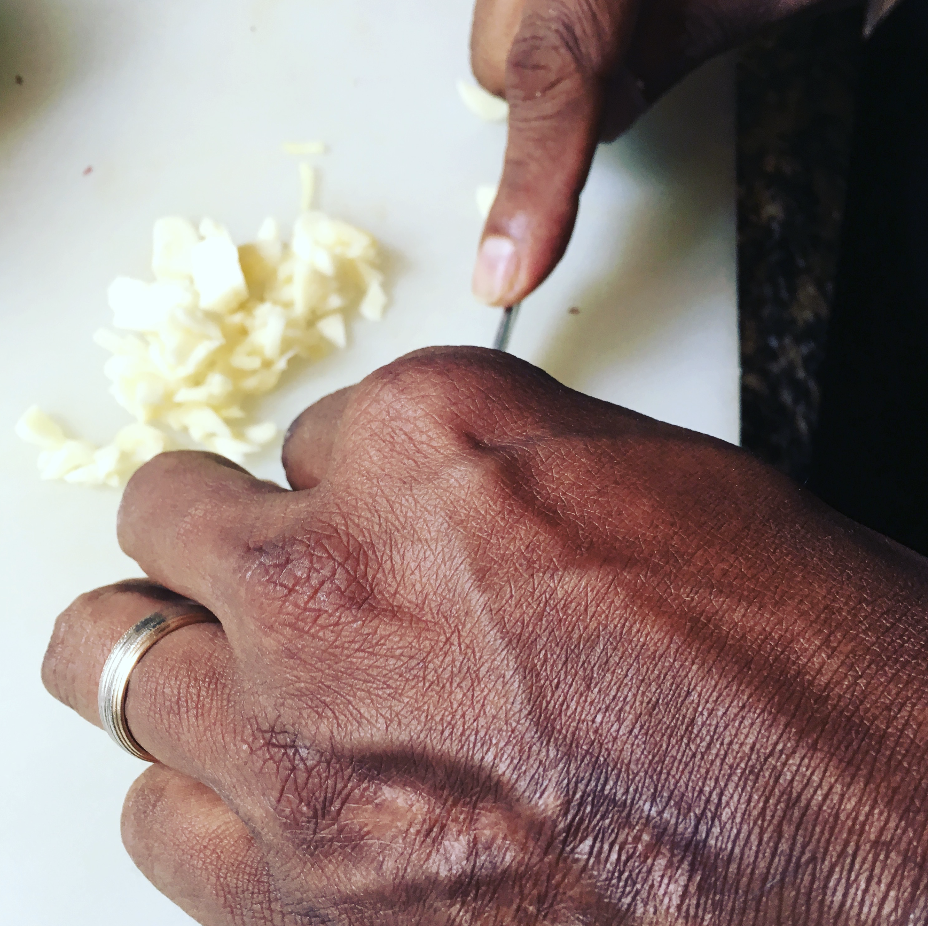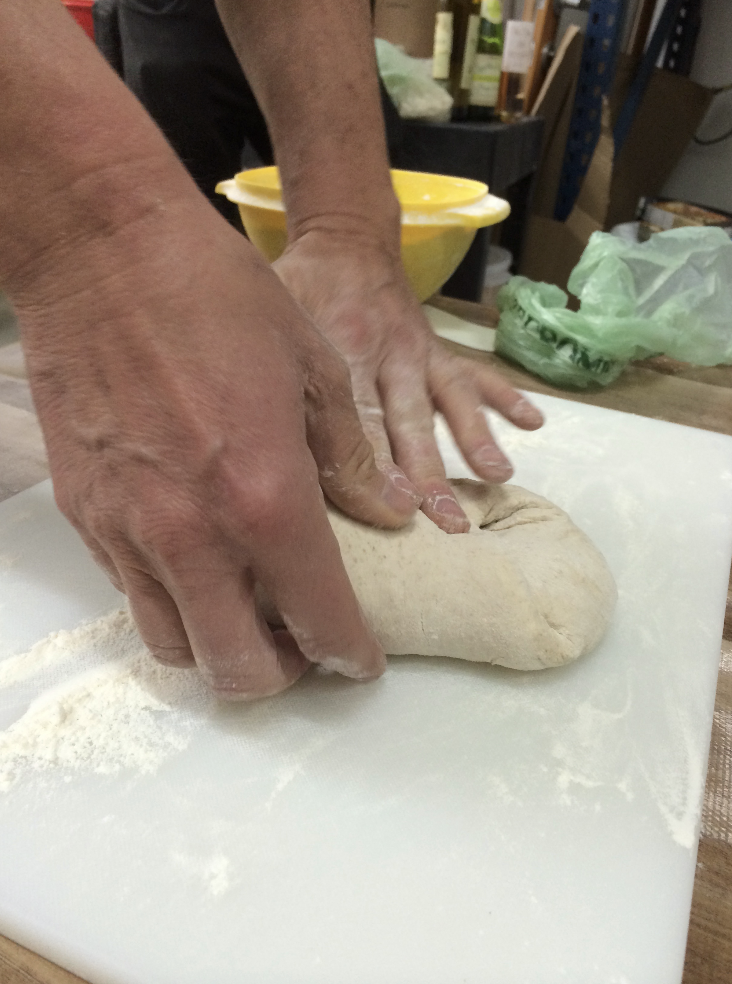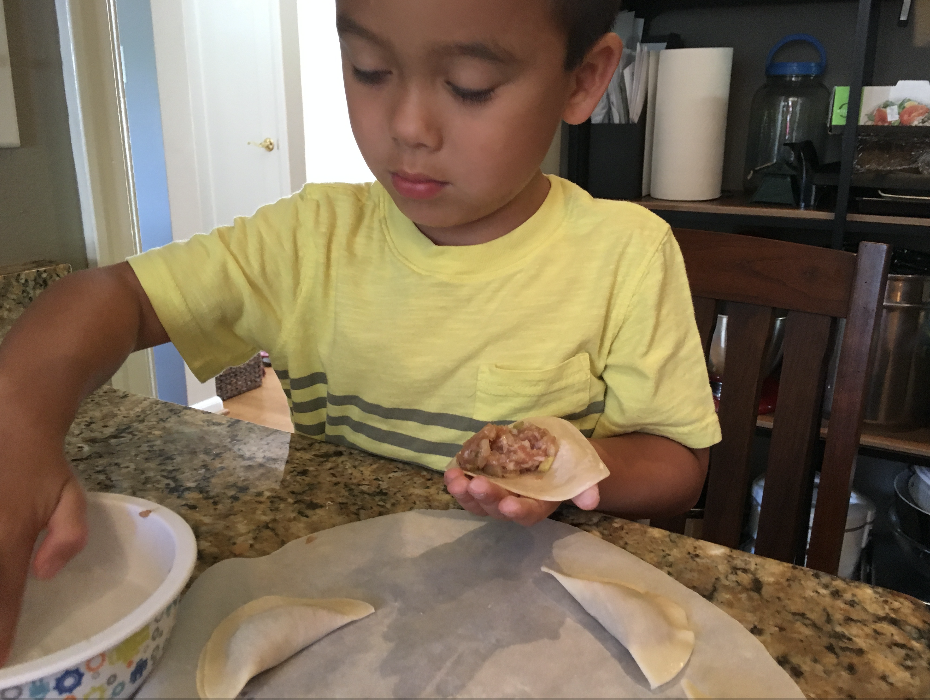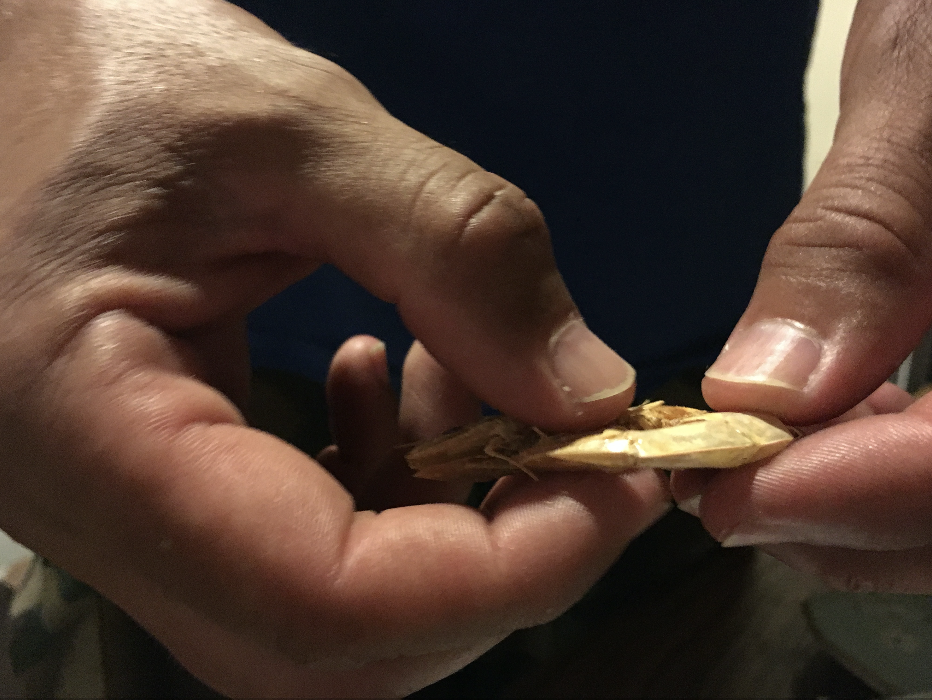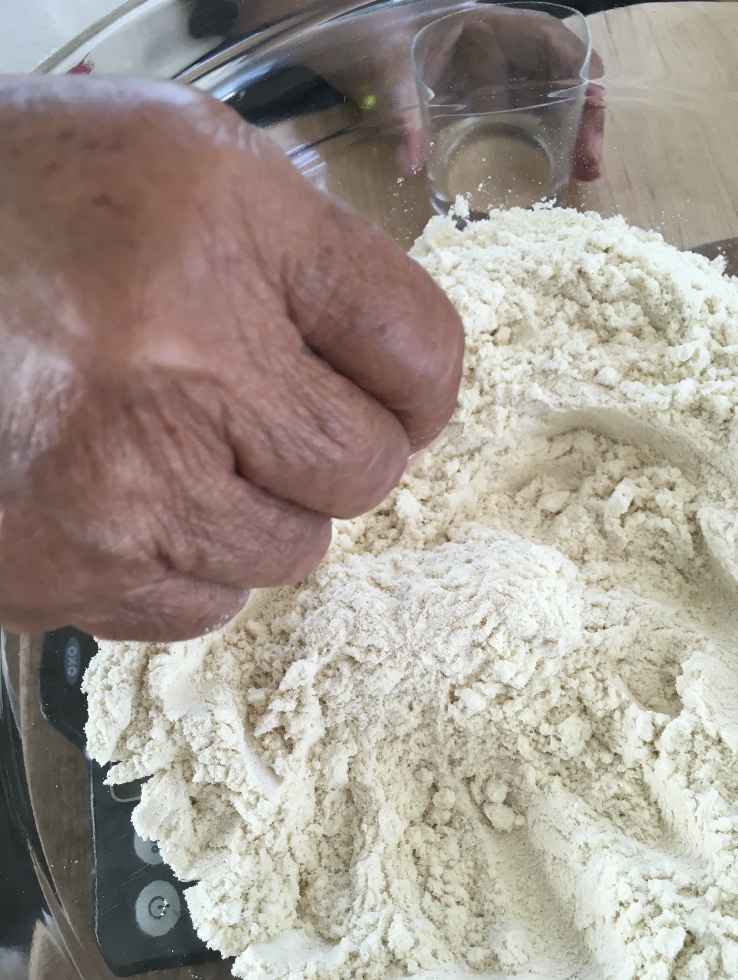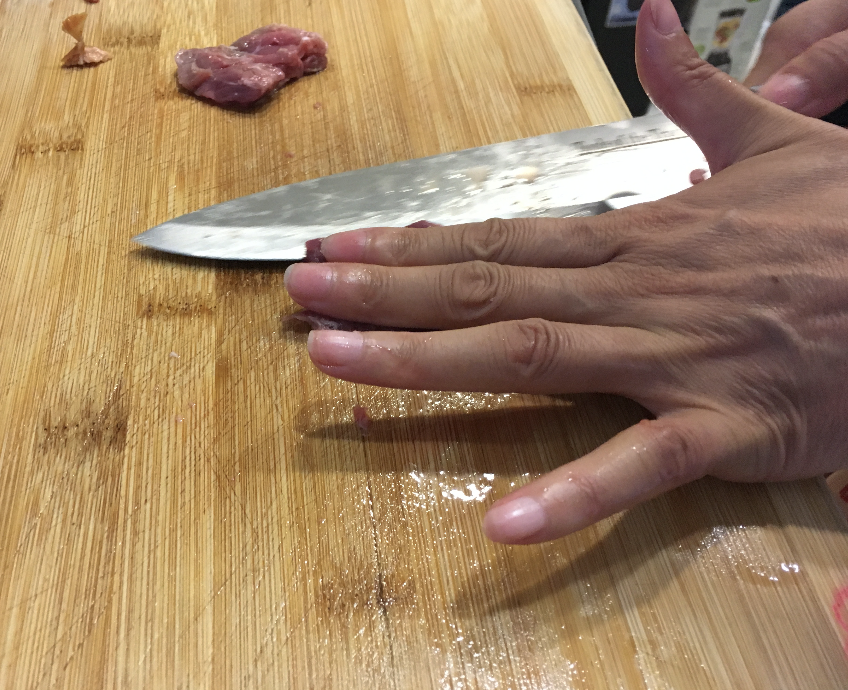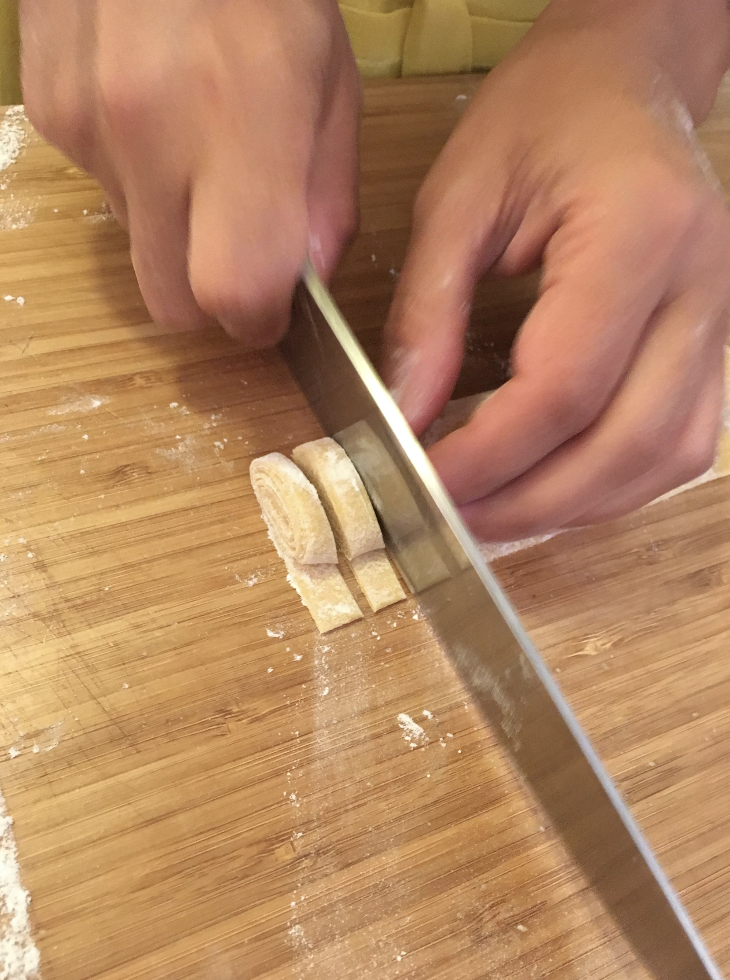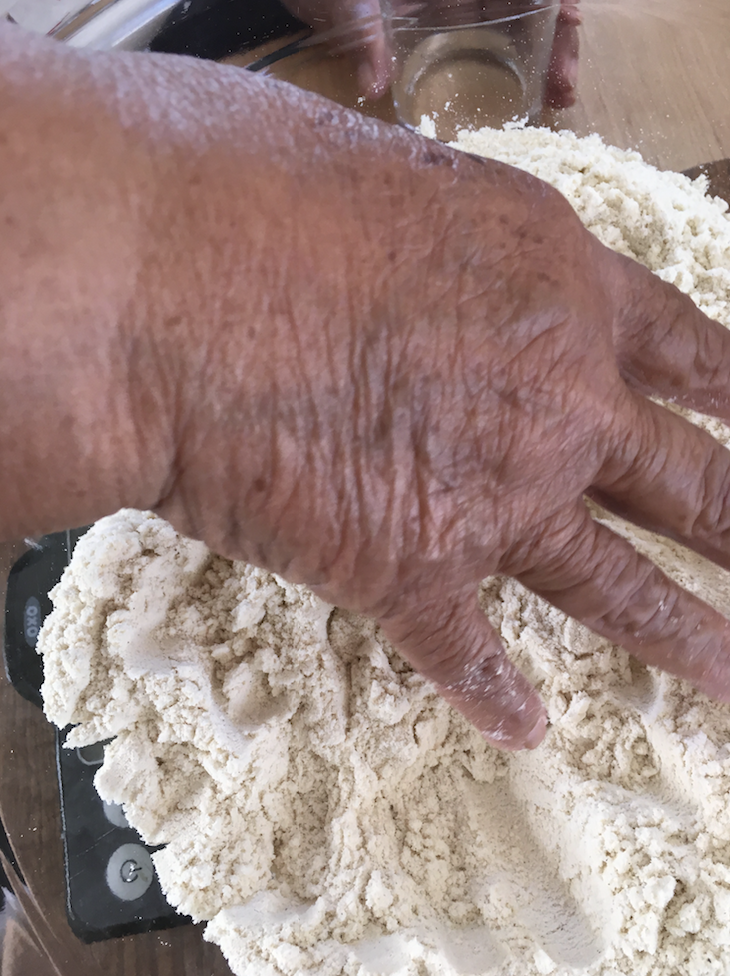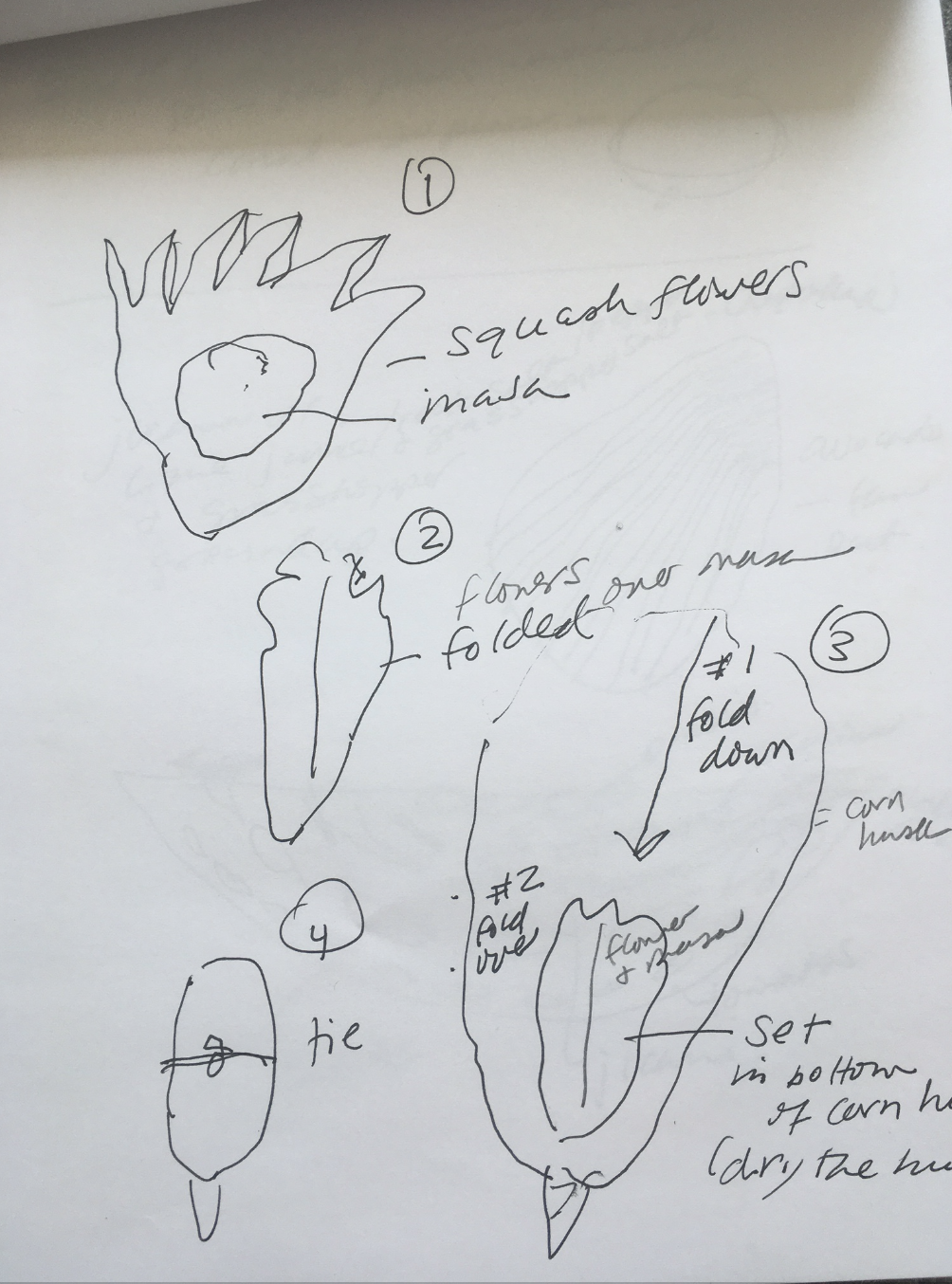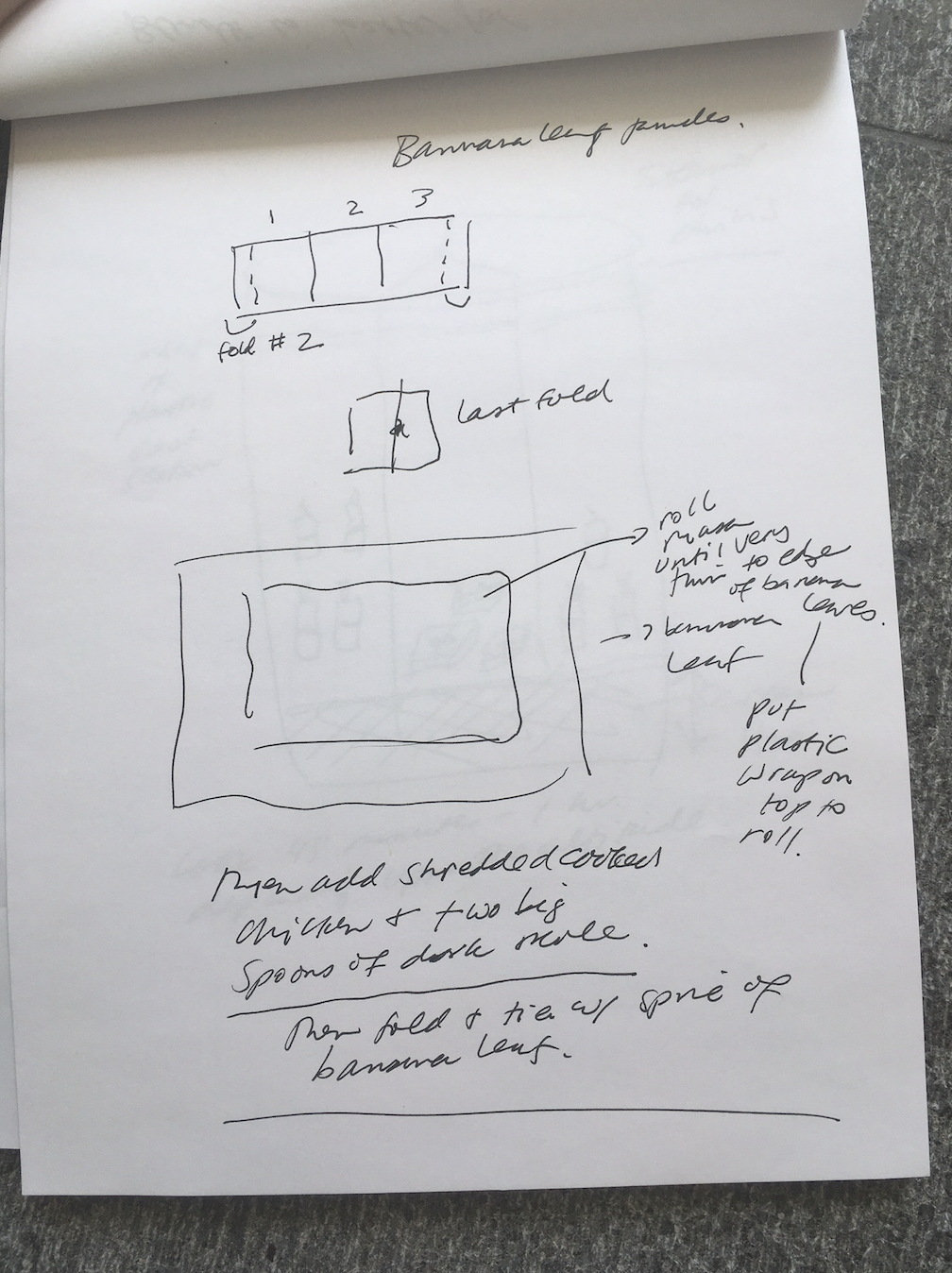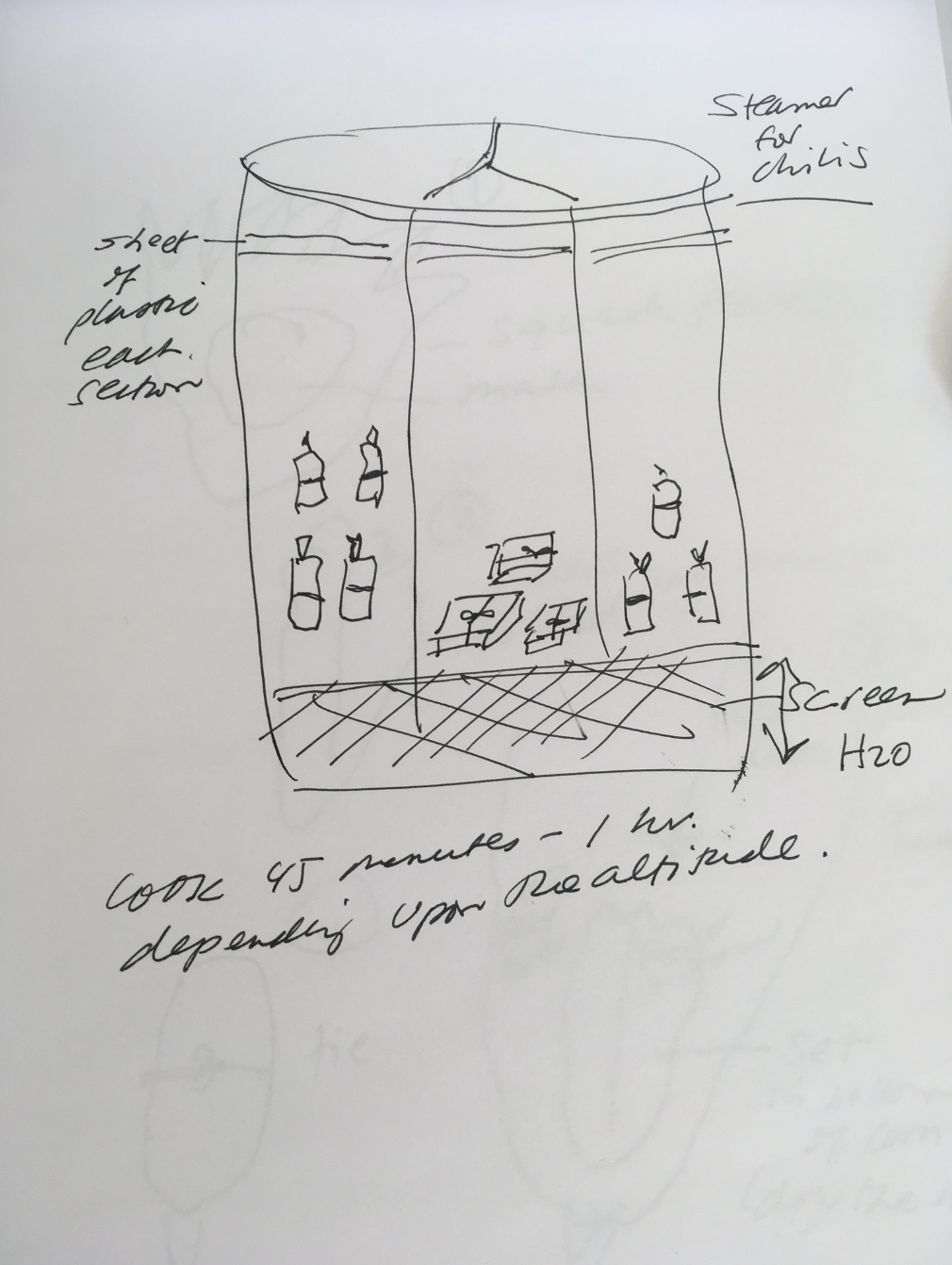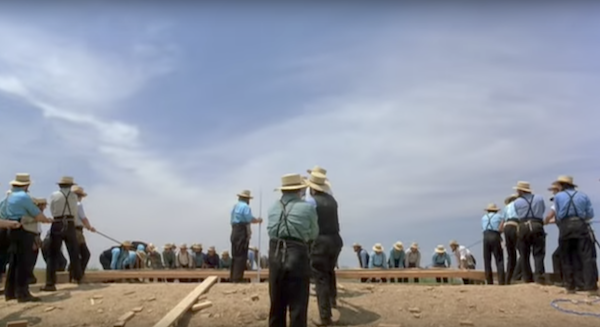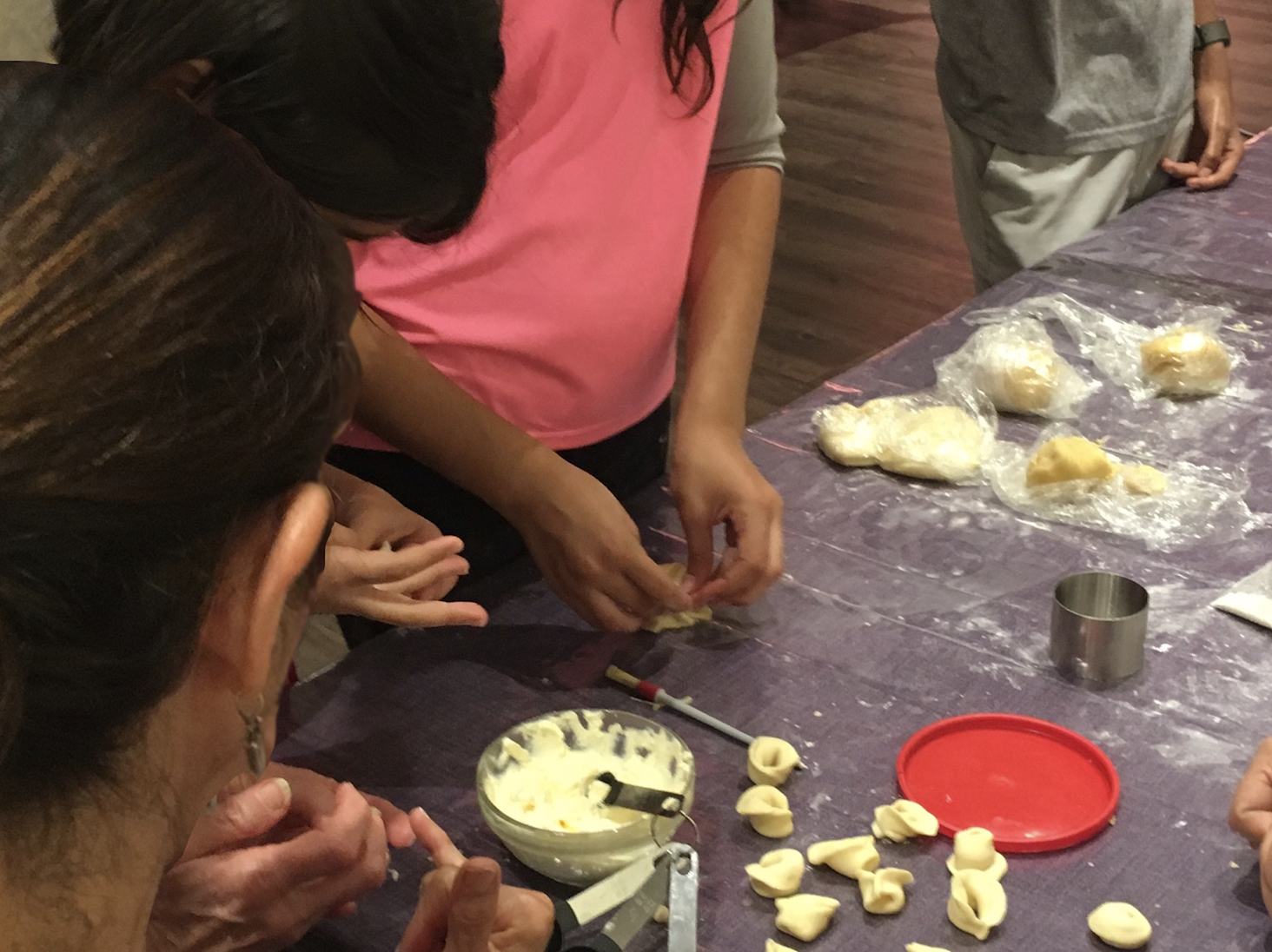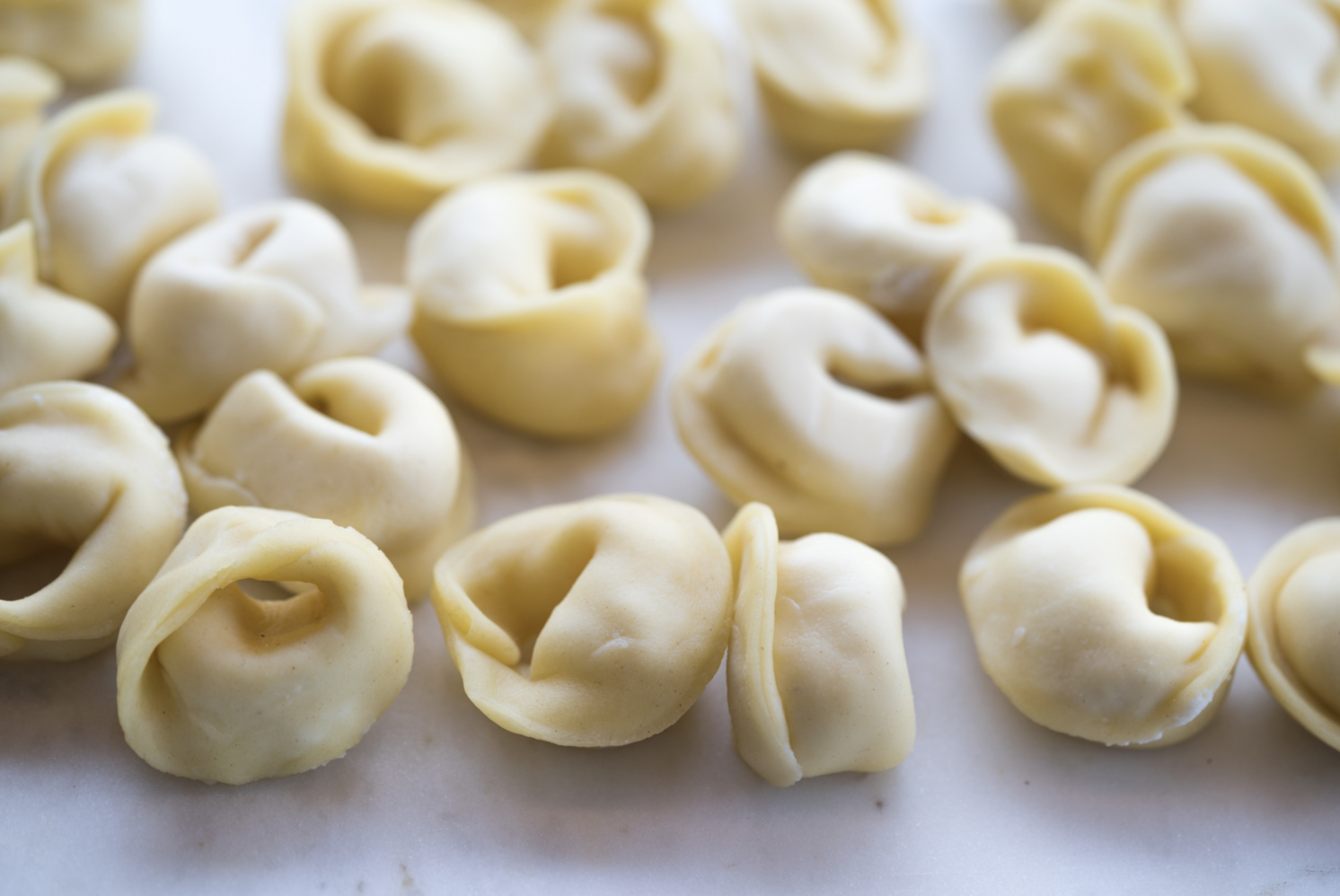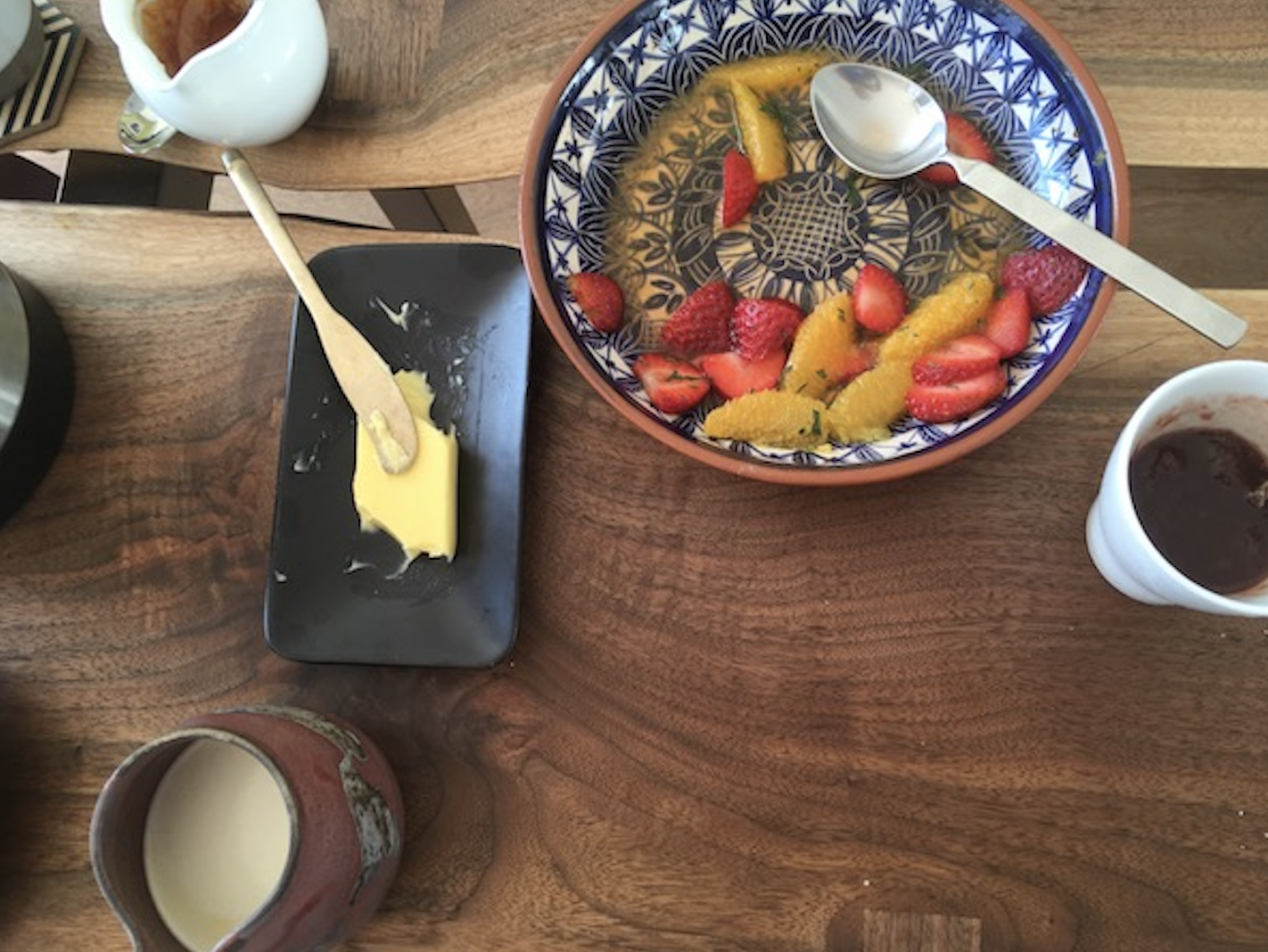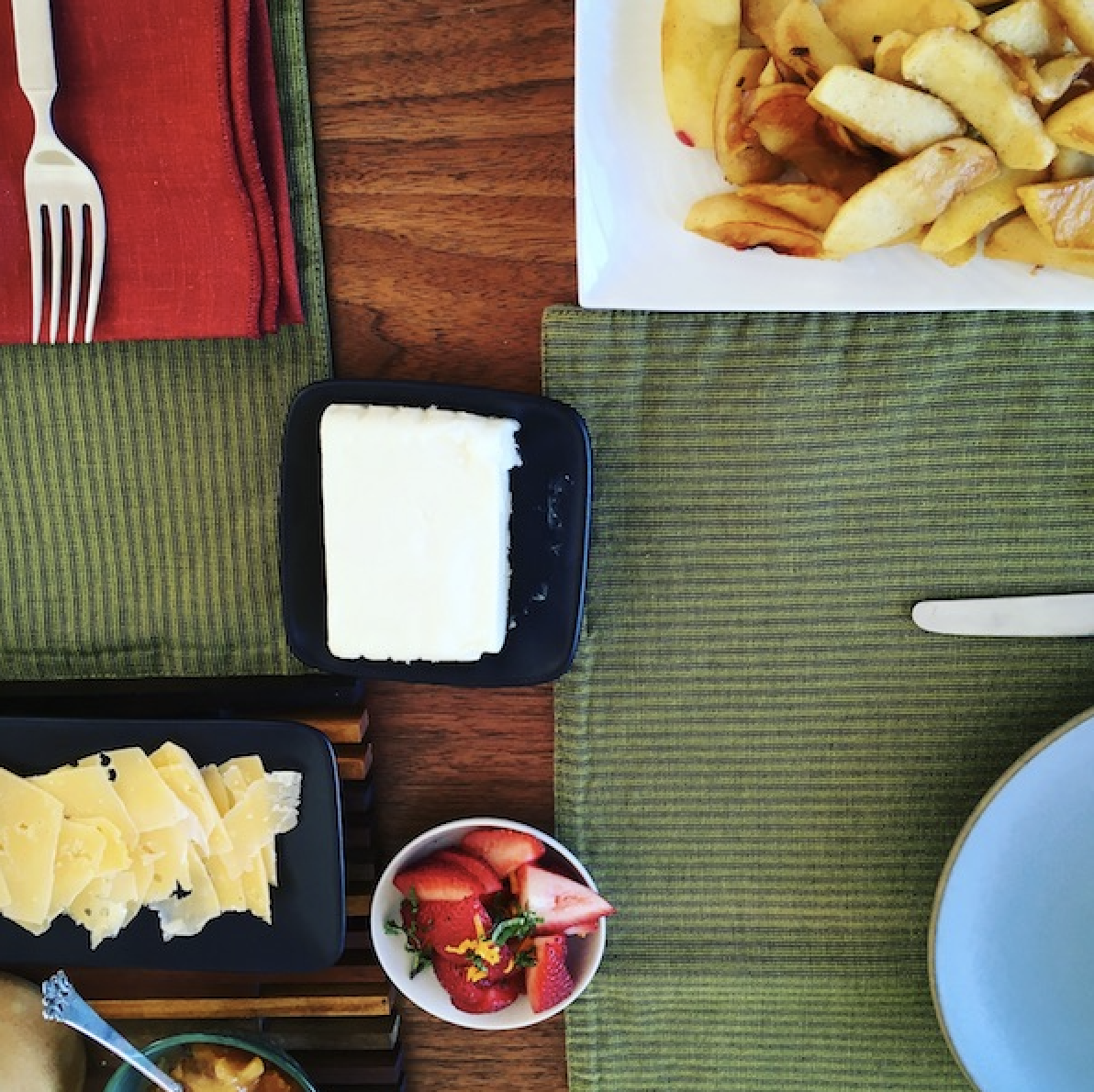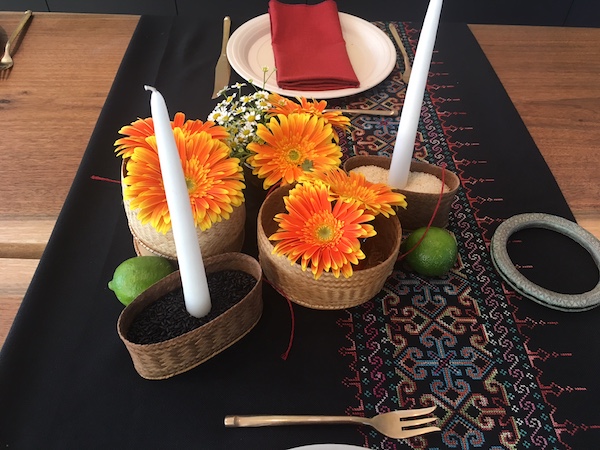Far right: Photo by Dennis Keeley.
Leave the door open for the unknown, the door into the dark. That’s where the most important things come from, where you yourself came from, and where you will go.
Rebecca Solnit, A Field Guide to Getting Lost
Recently I have been carried back to my family’s past by an unexpected connection from a possibly long-lost relative living in London. We spoke by phone, attempting to retie the threads that have been loosened by time, war and relocation. For both of our sakes, I pulled out a large and unruly pile of family photographs, interleaving the 20th and 21st centuries, and allowing me to recognize a fleeting resemblance among many of us. The most striking is what appears to be an engagement picture of my grandparents, rumored to be first, second or maybe third (is there such a thing?) cousins. They appear to be shaking hands in a form of chaste romanticism. They both own the full lips that are a part of my daughter’s beauty. The strong features that contributed to my grandfather’s dandy handsomeness and a self-conscious homeliness in my grandmother are there as well. Similar, but different; their roots in a common parentage a generation or so prior, and then diverging.
And with this idea of similar, but different--the reinforcing and effacing of distinguishing characteristics-- my thoughts turn to the focus of so many of my considerations, food. Today’s post is propelled by the end game of encouraging all of us to take on the mantle of food explorer and to wade into unfamiliar waters. But, never fear; I have provided three sturdy guides to motivate and encourage.
The comfort of the familiar as surprising cousin to the unknown.
The comfort of community and learning together.
The comfort of welcome.
Illustrations by Simone Rein.
Food Cousins: The Origins of Fish Sauce
Ketchup and Fish Sauce are surprising food cousins. Fish sauce made its first appearance more than 500 years ago when sailors from Fujian Province in China transported barrels of the flavoring with them to ports near and far. For some reason, British sailors, who usually favored the bland and boring, developed a taste for this pungent sauce when they arrived in Southeast Asia in the 1600’s. Soon thereafter, they began exporting it home, where its transformation into today’s most ubiquitous condiment--ketchup--began.
Ke-tchup Etymology and History – an abbreviated version
Ke-tchup/Fish Sauce Vietnamese Nuoc Cham Fish Sauce Thai Naam Pla Fish Sauce
- Tchup = Hokkien for sauce
- Originated in Fujian Province, China
- Fujian settlers take ke-tchup to Indonesia, Siam, and Malaysia and points beyond
- Exported to Britain
- Mushrooms added
- Tomatoes added
- Anchovies and mushrooms dropped
- Sugar added for preservation
Perhaps more important, is the consideration of fish sauce as your friend and reliable condiment in the kitchen. For this, we turn to its deconstruction: it is made up primarily of anchovies fermented by salt and time. I offer you three recipes that are given verve and delight by this flavor profile of salty, fishy umami: Caesar dressing, Italian Meatballs and Vietnamese Chicken with Cucumber Pickles and Fried Shallot. This collection represents the wide-ranging cultures of Mexico, Italy and Vietnam, proof of fish sauce’s versatility. And as a bonus, there is Mujetdereh, an Armenian soup/stew. Its connection to the others is revealed through the recipe.
Learning Together
Many hands make light work.
John Heywood (c. 1497 – c. 1580), English poet and playwright
How we first experienced food can be a strong indicator of what level of comfort we now feel in the kitchen.
There are the self-taught “survivalists,” whose developing knowledge is a defense against their family’s uninspiring to inedible fare. Yet, many others can point to food mentors--a grandma, nona, bubbe or aunt--who welcomed the emerging cook into their kitchens.
From the author's notebook learning to use banana leaves and squash blossoms as tamale wrappers.
My husband’s proficiency with pie baking traces its beginnings to his Aunt Beanie’s instruction. These techniques, skill-based and often requiring time and repetition, also lend themselves to communal work--the creation of food as quilting bee or barn raising--an added benefit in my mind.
Barn raising from the film, Witness.
Lately, I have been insinuating myself into a number of food mentors homes where we cook side by side. I have learned that what matters more than precision with ingredients is understanding technique. My growing confidence has led me to transfer these skills to other food lexicons, much like learning a foreign language lends proficiency with others.
Rumi Mahmoud has taught me patience while cooking. “A very important thing in Indian cooking is to braise the spices; otherwise they are very raw tasting. Test by taste and color and never add water until the flavors are consolidated.”
Right: Photo by Sally Krueger Wyman
Chef Francesca Mallus has taught me about different characteristics of pasta dough and which works for filled and unfilled versions. Pasta, like jam making, has grabbed me through its gorgeous simplicity (salt, water, flour, and sometimes eggs) and its unending sculptural variations.
Chef Steve Brown would answer my question, “Is it done?” with the answer, “I don’t know. Why don’t you go check?” In other words, use senses as a guide more so than time.
Extending Welcome
Armenian proverb
Last, but definitely not least are the circumstances that allow us to try something new. For those of us with a cooking mentor, we already know that food making is a source of nourishment for body and soul. But for others without this history, holding the metaphoric hand of a friendly host who demonstrates love through care is hands down the best way to feel safe enough to try something new.



